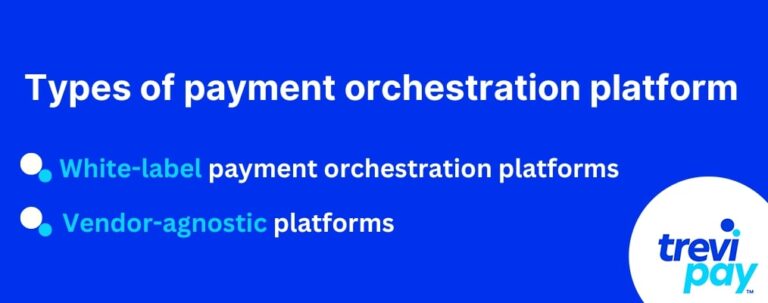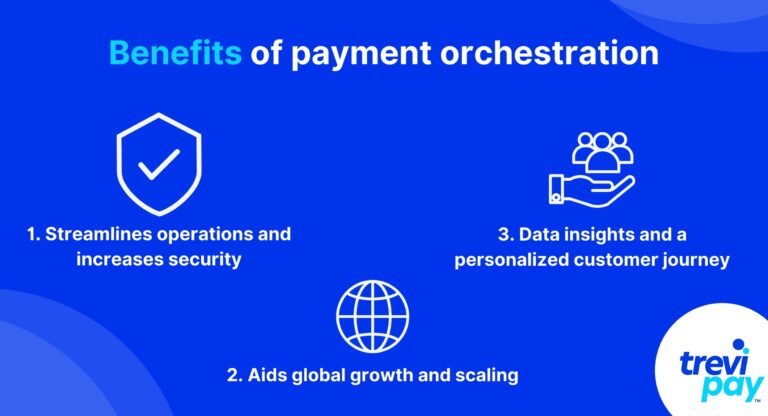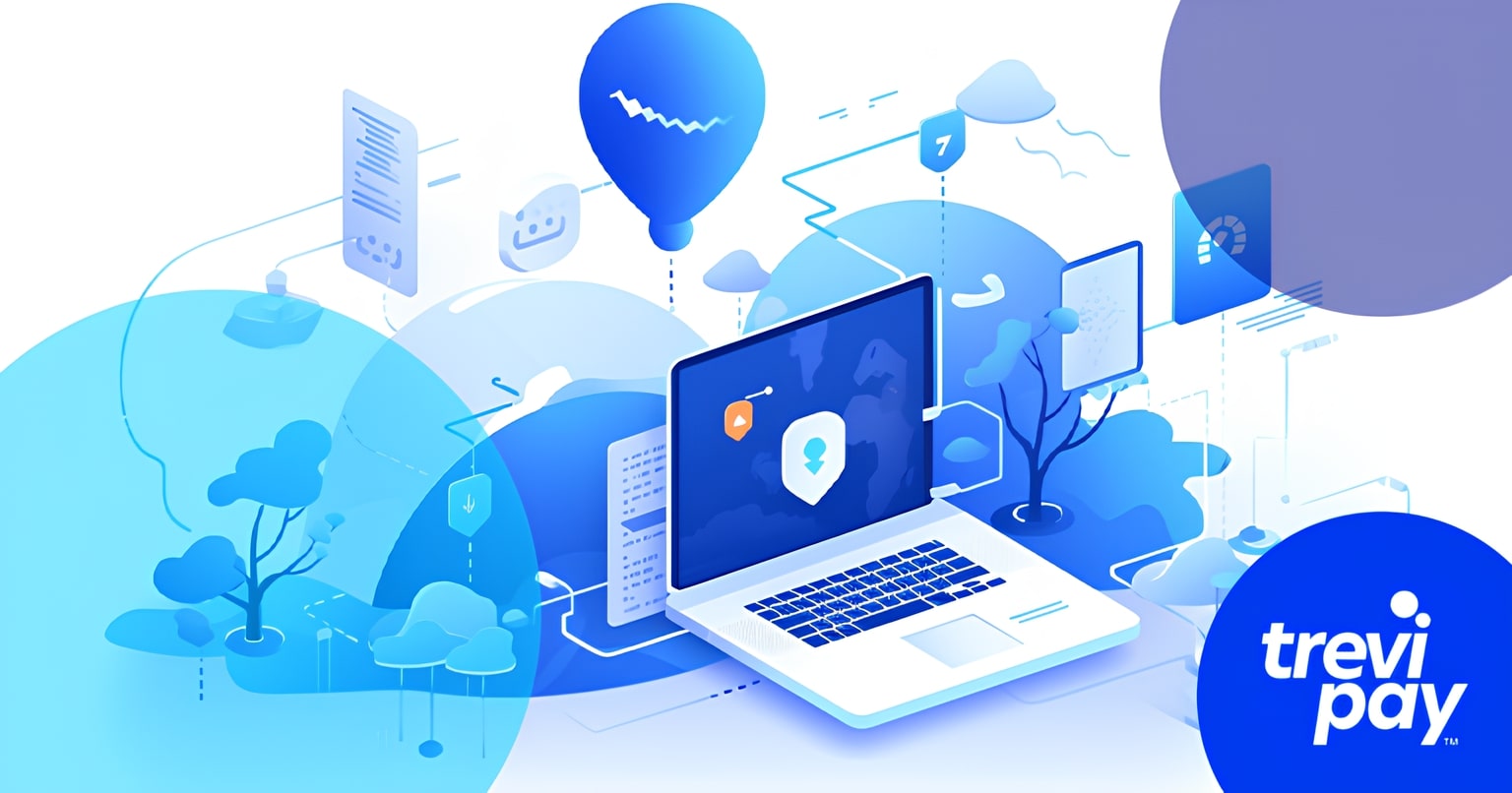Payment gateways have long aided the world of payments. And, more recently, payment orchestration platforms have taken the payments industry by storm.
Traditionally, business owners had to engage multiple service providers. Each offered various payment methods, payment gateways, processors, and merchant accounts, among other services. This often caused delays in payment processing.
Payment orchestration platforms solved this issue by creating a bridge between payment service providers.
But do customers still need to pass through a payment gateway to get onto this bridge?
Let’s take a closer look at payment orchestration and payment gateways to find out.
What is payment orchestration?
Payment orchestration is a technology system that coordinates multiple payment service providers to offer an efficient and customized payment experience for customers.
Businesses can use a single payment orchestration platform (POP) to integrate multiple payment gateways and payment processors. They also need to adeptly unify application programming interfaces (APIs).
Payment orchestration platforms support payments across different regions. They generally offer alternative payment methods and comply with payment security, rules and regulations.
How payment orchestration works (in 6 steps)
The below six steps highlight how payment orchestration typically works.
- A customer places their products in a shopping cart. They are then directed to the checkout page, where they select their payment method and provide their card details.
- These details are sent to the payment gateway via the payment orchestration platform.
- The orchestration platform handles the collection of payment details and card encryption process.
- The payment orchestrator then routes the payment request to multiple payment processors to reduce the number of false declines.
- If the first payment processor cannot authorize the payment, the same payment request is sent to another payment processor.
- The payment processor informs the merchant on the success or failure of the transactions.
Types of payment orchestration platform

Platforms can differ in technological features, currencies accepted and design.
Most orchestrators do accept multiple currencies and automatically route transactions to select the optimal payment channel. Their integration into a company’s system depends on the technological capacities of the company.
There are white-label payment orchestration platforms that can be customized to a company’s preferences, i.e., logo, design. There are also vendor-agnostic platforms, i.e., they allow business owners to connect to any payment service provider and payment gateway they need.
Benefits of payment orchestration

1. Streamlines operations and increases security
A payment orchestration platform reduces payment processing time and allows customers to choose preferred payment methods.
Payment orchestration often incorporates fraud detection and risk management tools to help mitigate potential risks and ensure secure transactions.
2. Aids global growth and scaling
Payment orchestration helps owners scale up their business and expand globally. Orchestrators support international transactions by handling currency conversions and facilitating cross-border payments.
Also, offering multiple payment options, incentivizes sales and reduces card abandonment rates.
3. Provides data insights and a personalized customer journey
Payment orchestration platforms offer centralized reporting and data analytics tools. These tools provide valuable insights into customer behavior, payment flows, trends and performance metrics.
Businesses can analyze this data to provide more unique and personalized customer experiences.
What is a payment gateway?
A payment gateway is an interface used to collect, verify and transmit payment information from the customer to the merchant’s account.
Payment gateways also inform the customer and the merchant whether transactions have been authorized or declined.
All businesses using electronic payments need a payment gateway to verify transactions. This applies to in-store and online payments.
How payment gateways work (in 3 steps)
The below three steps highlight how payment gateways typically work.
- A customer enters their payment information into the checkout of the eCommerce website. The payment gateway then securely processes this information and initiates the encryption process.
- The payment gateway then sends the encrypted information to the customer’s bank via a payment processor and a card network.
- The payment is then either authorized or declined by the customer’s bank. The payment gateway then informs the merchant and the customer of the authorization process’ outcome.
Benefits of a payment gateway
1. Maintain data security
A payment gateway protects customer payment data through encryption with SSL encryption tools and compliance protocols such as PCI-DSS (‘Payment Card Industry Data Security Standards’).
These protocols protect cardholders’ sensitive account information before it is sent through the payment stack to the customer’s card issuer or bank.
Before being transmitted further, the data is encrypted. This means that customers’ card information is coded in such a way that makes it difficult for fraudsters to access it.
2. Convenience
When a business integrates with a payment gateway, its customers can make online purchases. This can take place in-store or out-of-store.
Payment gateways also allow customers to pay on the spot, without making further transactions via bank transfers or checks.
Payment gateways also enable customers to make immediate payments without the necessity for additional transactions such as bank transfers or checks. This offers a more seamless payment experience for customers.
Types of payment gateways
There are different payment solutions and gateways that each integrate differently with an eCommerce website.
Hosted payment gateways redirect the customers to a third page to introduce the new payment methods and information.
Self-hosted payment gateways and API-hosted payment gateways allow merchants to accept payments directly on their eCommerce website or app. These payment gateways require more advanced technical abilities for the merchant.
Local bank integration redirects customers from the merchant site to their online banking portal, where the payment is authorized.
Payment orchestration vs payment gateway: Which option to choose?
There are several ways businesses can scale up. These range from offering financing options to customers to integrating payment orchestration platforms.
A payment orchestration platform is necessary for handling international transactions and accepting multiple currencies and payment methods.
This means that small and medium-sized companies that operate locally or regionally may not need a payment orchestrator. This may be the case even though it could be useful for streamlining payment processing operations and reducing customer waiting times.
By contrast, a payment gateway is necessary for all e-commerce businesses, regardless of size. They need payment gateways to accept customer payment details, complete transactions and keep customer’s payment information secure.
How to choose a payment orchestration platform
1. Determine your technology needs
Payment orchestrator interfaces may be challenging to navigate. Therefore, businesses should assess their technological capacities and opt for a platform that is easy to integrate with their existing systems.
If a business does not have a designated tech team, it may be better to choose a platform that does not require advanced technical expertise to manage.
2. Determine provider’s experience
Different payment orchestration providers have different areas of experience and knowledge.
They can specialize in specific industries. Or different-level enterprise clients, i.e., multinational companies vs smaller companies looking to scale up. They might also know understand geographical areas and support (or not) a particular currency or preferred payment method.
3. Compare pricing models and fees
Payment orchestration platforms offer different pricing models to cater to the diverse needs of businesses. These can range from monthly subscriptions to transaction-based fees. A set-up fee is also usually included.
How to choose a payment gateway
1. Determine your technological capabilities
Payment gateways have most commonly been used to accept credit or debit card payments for goods and services through electronic transactions.
However, modern gateway technology has expanded across multiple sales channels and devices. In addition to credit and the debit cards for card payments, a gateway can also process payments at a POS system (via QR codes, for example) or on a mobile device.
2. Choose a reliable payment gateway provider
Payment gateway providers need to be reliable and comply with the required PCI and encryption protocols.
Small and medium-sized companies can also choose the same payment service provider for the merchant account and gateway. Larger companies may opt for a separate service provider to handle the payment gateway and the merchant account.
3. Analyze different pricing options
There is no one-size-fits-all fee for payment gateways. Multiple payment providers offer this service, each charging different prices. These typically consist of:
- Initial setup fees.
- A flat monthly fee.
- A small fee for each transaction.
And some may also charge a fraction of each purchase.
Conclusion
Payment orchestration and payment gateways play pivotal roles in modern commerce.
Payment orchestration efficiently manages international transactions by routing payment requests through various gateways and processors, enhancing security and preventing delays.
This is especially beneficial for global enterprises and businesses aiming to scale. These entities often collaborate with multiple payment service providers, making payment orchestration integration invaluable.
Payment gateways, on the other hand, are indispensable for collecting and securing payment information in e-commerce, regardless of business size. They are a foundational element of online transactions, guaranteeing payment safety and efficiency.
When selecting payment orchestration platforms and payment gateways, merchants should consider their specific business requirements, technological capabilities, customer experience, and pricing models.
A thorough understanding of these factors empowers merchants to make informed decisions aligned with their growth and business objectives.






